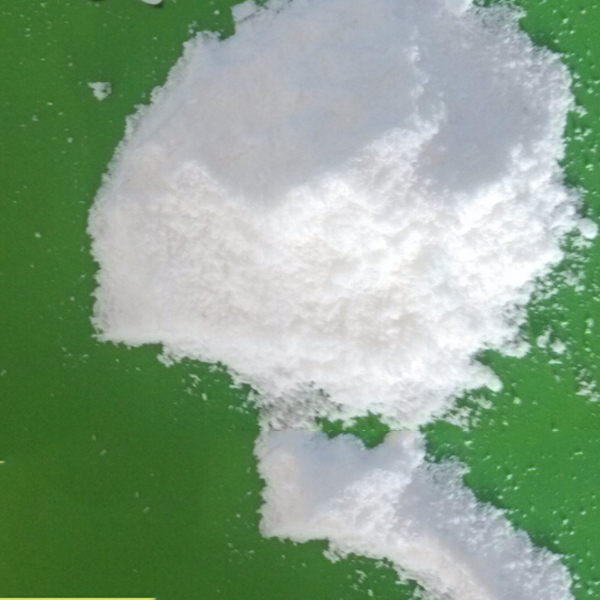
News
Nov . 08, 2024 23:36 Back to list
Exploring the Synthesis Techniques of Polyglutamic Acid in Biotechnology Applications
Polyglutamic Acid Synthesis A Glimpse into an Intriguing Biopolymer
Polyglutamic acid (PGA) is a fascinating biopolymer that has garnered significant attention in fields such as biochemistry, pharmaceuticals, and biotechnology. As a polyamino acid composed of repeating glutamic acid units, PGA offers a unique combination of properties that make it suitable for various applications, from drug delivery systems to food additives. This article explores the synthesis of polyglutamic acid, its characteristics, and its potential applications.
Synthesis of Polyglutamic Acid
The synthesis of polyglutamic acid can be achieved through various methods, commonly stemming from both microbial fermentation and chemical synthesis. One of the most effective approaches involves fermentation using certain strains of bacteria, specifically *Bacillus subtilis*. This method capitalizes on the natural metabolic pathways of these microbes, allowing them to produce PGA in high yields.
In microbial fermentation, the bacteria are cultivated in a growth medium enriched with glutamic acid, which serves as the primary substrate. The process begins with the inoculation of the bacterial strain in a controlled environment. As the bacteria metabolize glutamic acid, they produce polyglutamic acid and secrete it into the surrounding medium. Subsequent steps include the collection and purification of PGA through various techniques such as precipitation, filtration, and dialysis. This biological method is advantageous due to its environmentally friendly nature and the resultant biopolymer's biodegradability.
On the other hand, chemical synthesis emerges as an alternative method for producing PGA. This approach involves the polymerization of L-glutamic acid through different chemical reactions. For instance, it can be synthesized via the ring-opening polymerization of N-carboxyanhydrides in the presence of appropriate catalysts. While chemical methods may offer greater control over molecular weight and structure, they often come with concerns regarding the environmental impact and potentially hazardous reagents.
Characteristics of Polyglutamic Acid
Polyglutamic acid exhibits several characteristic features that enhance its versatility. PGA is known for its high solubility in water, which allows it to form stable solutions even at high concentrations. Additionally, its unique structure imparts exceptional properties, such as viscoelasticity and emulsifying capabilities. These traits are particularly beneficial in the food industry, where PGA can serve as a thickening agent or stabilizer in various products.
polyglutamic acid synthesis quotes

Moreover, PGAs' ability to form hydrogels makes it an attractive candidate for biomedical applications. Its biocompatibility and non-toxic nature position it as an ideal material for drug delivery systems and tissue engineering. The controlled release of medications encapsulated in PGA-based carriers can lead to enhanced therapeutic outcomes while minimizing side effects.
Applications in Various Fields
The applications of polyglutamic acid extend across multiple domains. In the pharmaceutical industry, PGA's use as a drug delivery vehicle has shown promise in improving the bioavailability of drugs. By encapsulating therapeutic agents in PGA matrices, controlled release profiles can be achieved, resulting in sustained plasma concentrations and improved patient adherence.
In cosmetics, PGA is being increasingly utilized for its moisturizing properties. Formulations containing PGA can enhance skin hydration, elasticity, and overall texture. Furthermore, its natural origin appeals to consumers seeking eco-friendly and sustainable products.
The food industry also benefits from polyglutamic acid. Its capacity to improve food texture, retain moisture, and enhance flavor stability makes it an attractive additive. Additionally, as public demand for natural ingredients rises, utilitarian biopolymers like PGA are poised to replace synthetic alternatives in food formulations.
Conclusion
In summary, the synthesis of polyglutamic acid through microbial fermentation and chemical methods has opened new avenues for research and application. Its unique properties make it a valuable asset in fields ranging from pharmaceuticals to food science. As research progresses and technology advances, the potential of polyglutamic acid will continue to unfold, reinforcing its significance in both industrial and scientific contexts. The synthesis and harnessing of this biopolymer reflect the broader trend in seeking sustainable and effective materials to meet diverse human needs.
-
Polyaspartic Acid Salts in Agricultural Fertilizers: A Sustainable Solution
NewsJul.21,2025
-
OEM Chelating Agent Preservative Supplier & Manufacturer High-Quality Customized Solutions
NewsJul.08,2025
-
OEM Potassium Chelating Agent Manufacturer - Custom Potassium Oxalate & Citrate Solutions
NewsJul.08,2025
-
OEM Pentasodium DTPA Chelating Agent Supplier & Manufacturer High Purity & Cost-Effective Solutions
NewsJul.08,2025
-
High-Efficiency Chelated Trace Elements Fertilizer Bulk Supplier & Manufacturer Quotes
NewsJul.07,2025
-
High Quality K Formation for a Chelating Agent – Reliable Manufacturer & Supplier
NewsJul.07,2025
